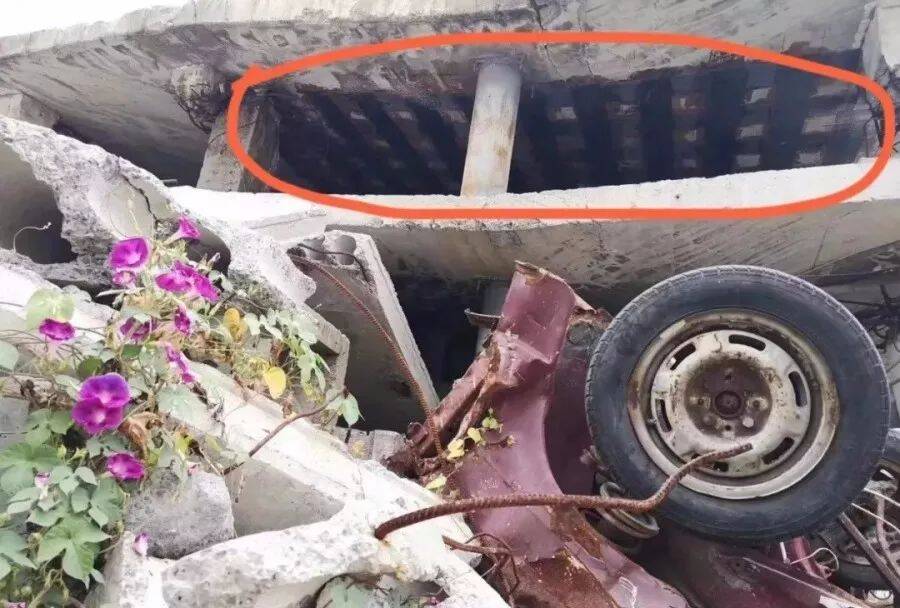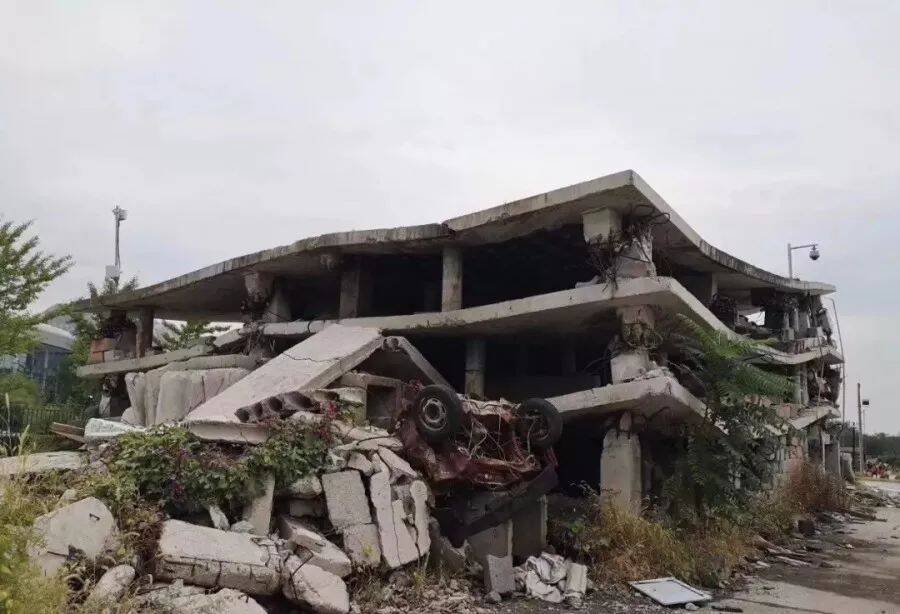Solutions
Horse Construction offers full range of structural strengthening materials with technical supports, documentation supports, products supports, project supports.
Carbon fiber protects building
After the 1995 Panshin Earthquake in Japan and the Taiwan Earthquake, the status of carbon fiber reinforced polymer as a material and technology for earthquake resistance has been further developed and confirmed.
After the Great Hanshin Earthquake in Japan, carbon fiber reinforced polymer was used to reinforce buildings. In the field of construction, carbon fiber reinforced polymer has become an ideal material for bridge reinforcement and seismic reinforcement of buildings due to its high strength properties. Luo Yifeng, director of the National Special Fiber Information Center, told CCIN that after the Great Hanshin Earthquake in Japan, Japan used a lot of carbon fiber reinforced polymer to reinforce and protect buildings, and achieved good results.
According to relevant statistics of the China Investment Consulting Industry Research Center, the global carbon fiber demand has grown rapidly at an average annual rate of about 13% over the past five years. Although the global financial crisis in 2008 caused the carbon fiber demand to decline once, the carbon fiber market has continued to rise after the financial crisis. Some experts predict that by the end of 2010, the world's carbon fiber demand will reach 30,000 tons, by 2012 it will reach 60,000 tons, by 2018 demand will reach 100,000 tons, 2021 will reach 200,000 tons.
In China, the earthquake resistance standards of Japan are roughly equivalent, with only a few places such as Beijing, Tangshan, and Xi'an. The vast majority of the country's land area, and even the earthquake resistance of houses in some metropolitan areas, remains at the standards before 1923 in Japan.
The experience of previous earthquake disasters shows that the ability of earthquake or anti-collapse when the house collapses first depends on the setting of waterproof standards. China is also a country where earthquakes occur frequently, but the waterproofing level is much lower than that of Japan. Therefore, improving the earthquake resistance of houses has become an urgent matter.
"After the Wenchuan earthquake, my country's carbon fiber reinforced polymer used to strengthen bridges and buildings in the Wenchuan area reached 200 tons." Xu Lianghua said that my country has the world's largest civil construction market, and the application of carbon fiber as a reinforcement material will usher in good market opportunities.
Recently, the National Earthquake Emergency Rescue Base conducted an experiment to simulate collapsed buildings. In this experiment, the carbon fiber reinforced polymer used in our building structure reinforcement was used.
The houses in these pictures are the simulated collapsed buildings in this experiment. The circle drawn in the picture is where the carbon fiber reinforced polymer is used for reinforcement. This experiment largely shows that the use of carbon fiber reinforced polymer for reinforcement can reduce the degree of collapse of the house.



This is enough to show that such reinforcement products similar to carbon fiber reinforced polymer are not only the hope of strengthening and protecting houses, but also the future.
You can find anything here you are in need of, have a trust trying on these products, you will find the big difference after that.

High strength, unidirectional carbon fiber wrap pre-saturated to form a carbon fiber reinforced polymer (CFRP) wrap used to strengthen structural concrete elements.

High strength carbon fiber reinforced polymer (CFRP) strip / laminate / plate for structural strengthening and concrete repair

Modified epoxy resin structural perfusion adhesive, specifically for supporting adhesive bonded steel reinforcement